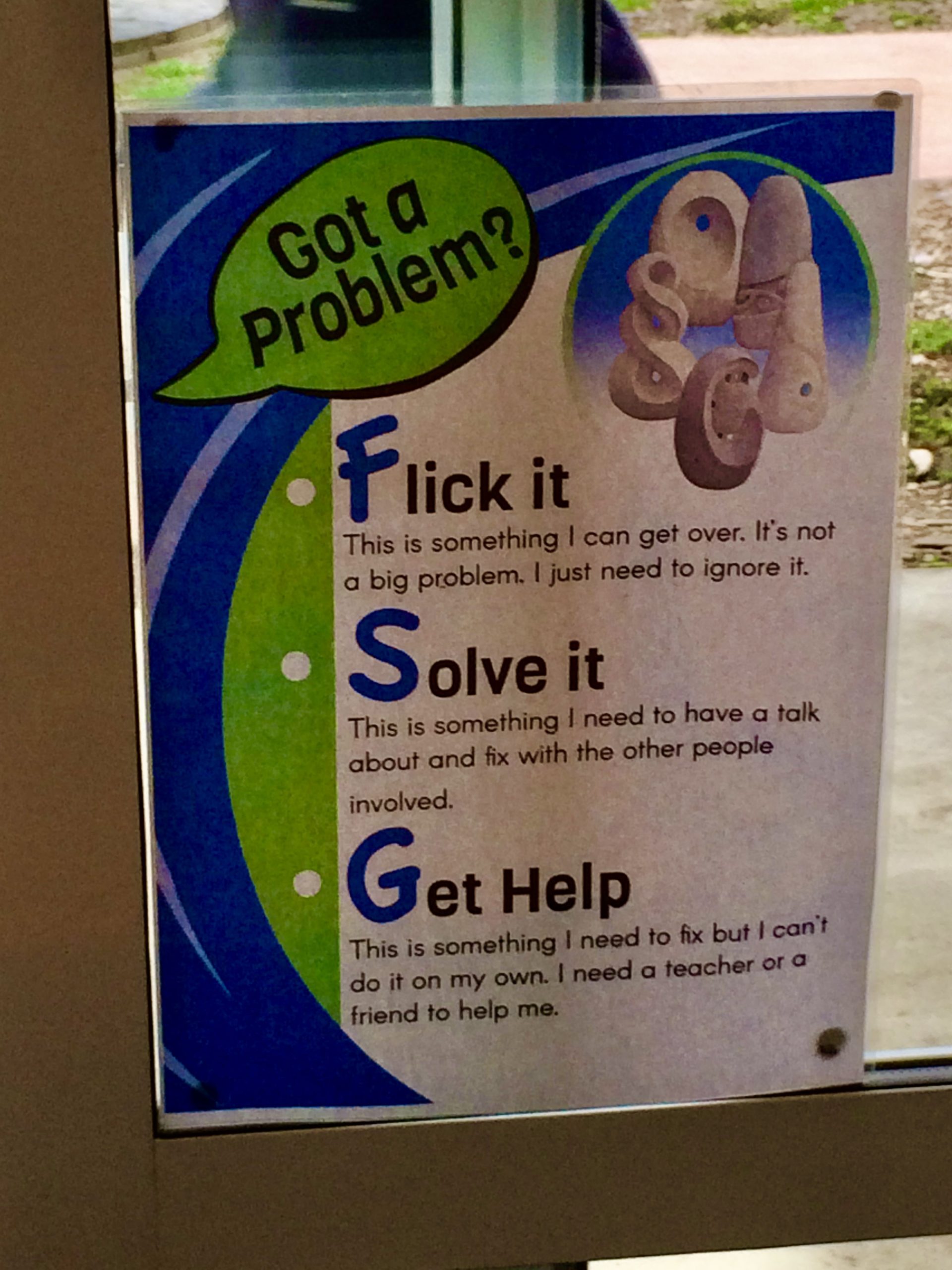Much of the mastery-based approach can be found in elementary schools, especially meeting students  where they are. However, there are still practices in elementary schools that are more aligned with compliance than agency.
where they are. However, there are still practices in elementary schools that are more aligned with compliance than agency.
In one of the opening break out sessions during the Washington Mastery-Based Learning Collaborative Fall Gathering a teacher in an elementary school said they were nervous about shifting classroom management around so that students were taking more responsibility. It’s true, it’s hard to imagine it. Yet I’ve seen it over and over in schools I have visited during the past decade.
How do you offer more independence to little kids who haven’t learned how to be independent learners yet? I think this would be worthy of a conversation to create shared knowledge. But in the short run here are a few of the things that pop into my mind:
- Invest early on in creating a shared ‘code of conduct’ that is created by students. This is the desired behavior that supports learning—everyone’s learning.
- Teaching students about how we learn, growth mindset and some basic language about the skills that we use in learning. Give them language to talk about their learning-to-learn skills and the basics about self-regulation, directing their attention, and cognitive overload.
- Introduce rituals and practices that help students become familiar with routines that offer them independence. Some of these are “standard operating procedures” that are reminders to students such as what to do when you get to the classroom or how to revise. Some of these should be consistent across classrooms so if students are changing classrooms they don’t have to direct their working memory towards learning new routines. (The picture is a standard operating procedure from an elementary school in New Zealand for what to do if you have a problem with other people.)
- Build in time to reflect on how students are doing on building executive functions, metacognition, self-regulation, etc.
- Use gradual release so that students are being given just enough opportunity without overwhelming them or setting them up for failure.
What might you add to this list?
Here are a few mini-case studies on elementary schools I’ve visited. You’ll see different ways they have been strengthening their practices to develop independent learners and create the conditions for students to be successful in their learning.
- Greenhurst Elementary (Idaho)
- Swannanoa School – 4 part series (New Zealand)
- Red Bank Elementary (South Carolina)
- Blair Elementary (Wisconsin)
- Metz Elementary (Colorado)















